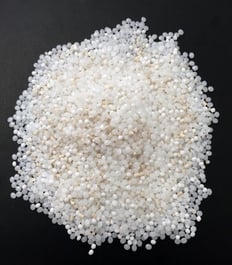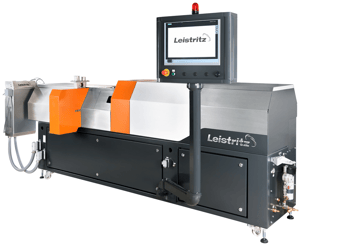
There are three different types of purge compounds:
- Mechanical
- Chemical
- Concentrate
All three have their place and excel in specific applications. Some processors will steer away from chemical purges because they feel procedures for use are too complicated.
Benefits of a chemical purge:
- You’ll use less.
- Cost per purge is less.
- It expands reaching negative flow areas and dead spots more effectively.
When testing and evaluating a chemical purge for the first time it’s best to follow standard written procedures and the advice of a qualified technical representative of the purge manufacturer. This will generate a solid and repeatable standard of performance. Once achieved and the value the purge has been determined, it’s time to find that sweet spot.
If you are a Process Engineer, Maintenance Manager or Process Technician, working with your purge technical support person you can:
- Minimize the need to modify heat profiles when purging.
- Shorten or eliminate soak cycles.
- Run a chemical purge mechanically.
- With proper guidance minimize frequency of use.
Chemical purge compounds have their place.
In extrusion applications such as sheet, blown film, blow molding, compounding, or coating, chemical purges are my personal favorite.
I’ve found when running mechanical purges in those applications, it takes more purge to get the job done. Reason being it takes longer for the purge to reach negative flow areas.
The expansion, steam and agitation of a chemical purge get the purge done more effectively and economically. I’m not recommending going off the reservation procedurally in the early stages. I will say that if you’re purge supplier is not always trying to make a good thing bette,r you might just be leaving money on the table and maybe it’s time to find another supplier.
Ready to reduce your production downtime to protect your profits? Learn more about how purging compounds and process efficiency work in tandem.

Chris Melchiore, serving as Business Development Manager at Asaclean Purging Compounds, excels with his specialized knowledge in Chemical Purging Compounds and Concentrate Grades. His industry journey, extending over two decades, includes a notable 16-year stint at NOVACHEM before joining Asaclean in 2015. Beyond his core role, Chris is actively involved in speaking engagements at webinars and tradeshows, showcasing his expertise and contributing to the broader industry dialogue. His insights and experience make him a pivotal figure in both business development and educational outreach for Asaclean.







Comments